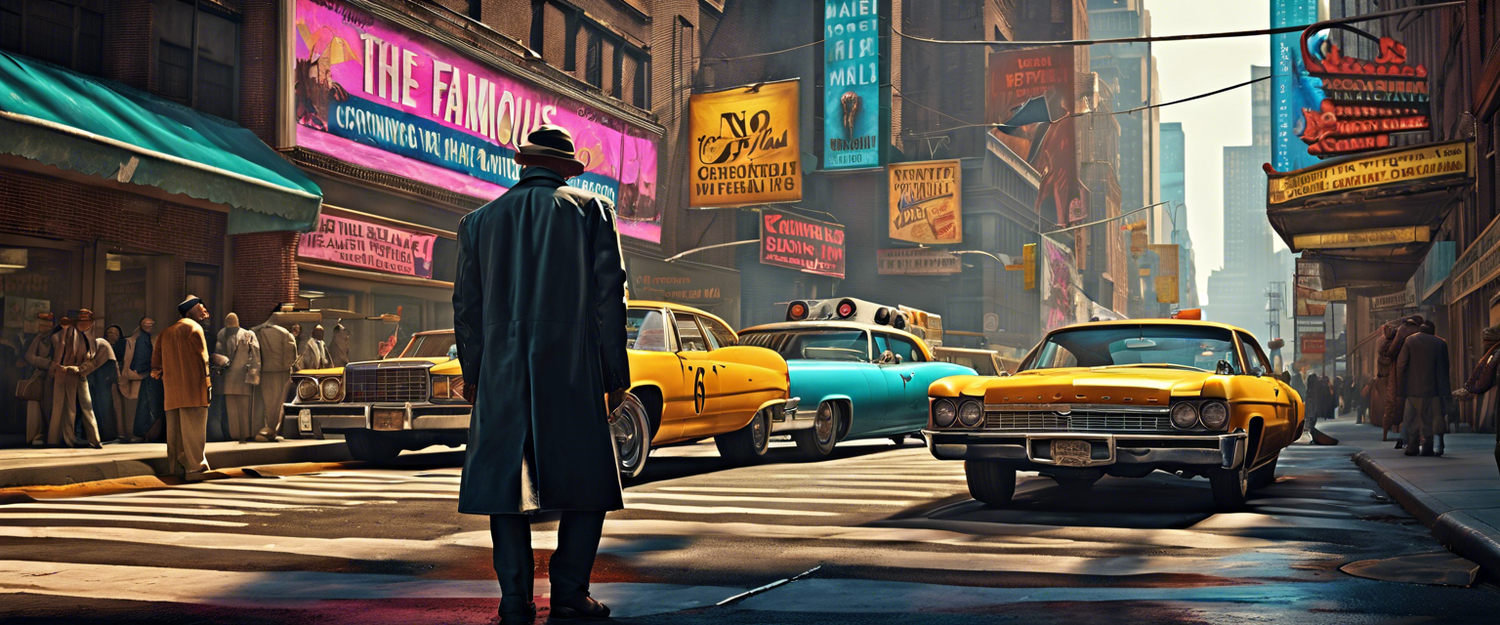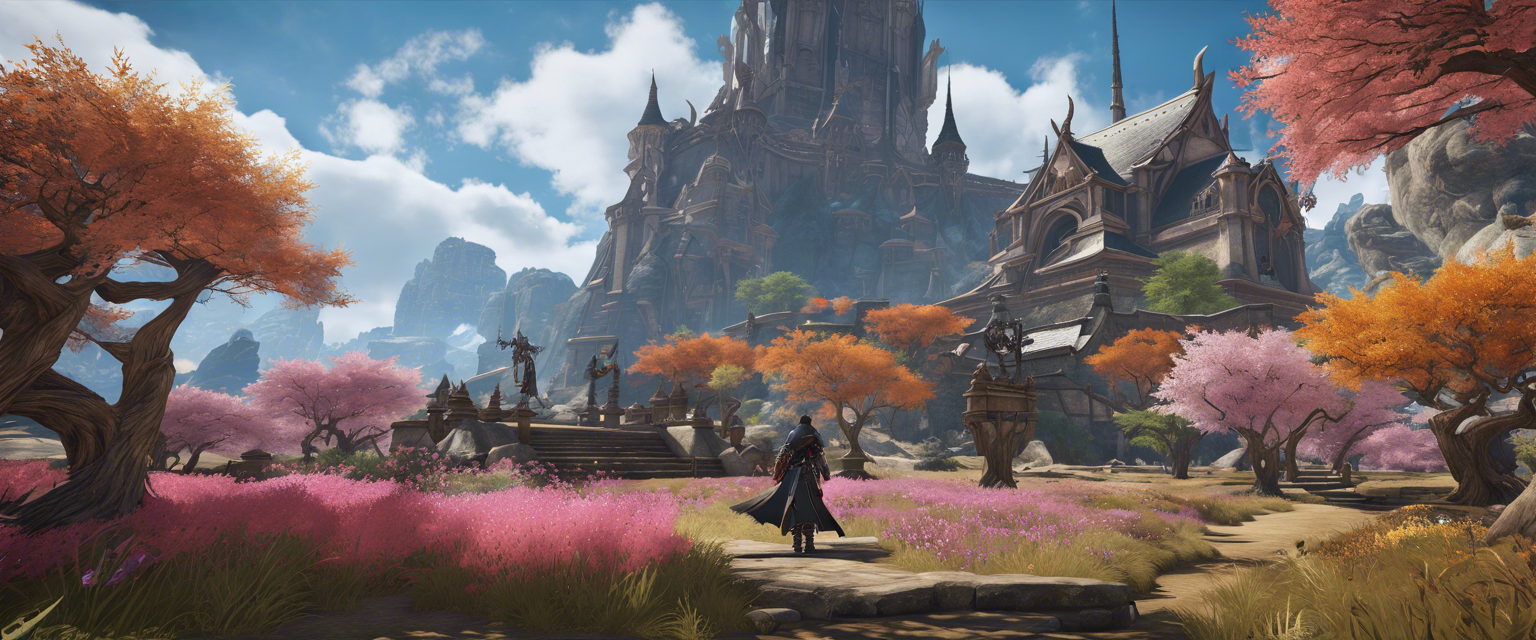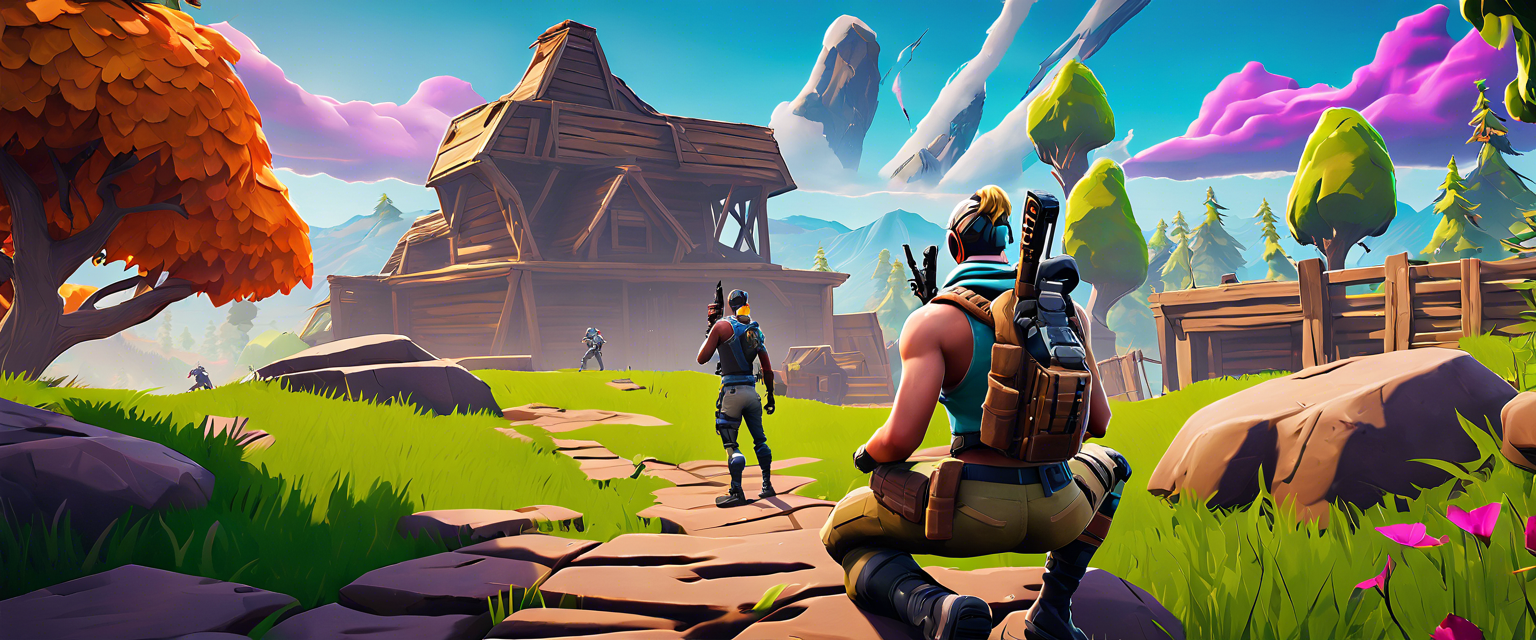The New York Times Moves to Shut Down Expansive Connections Game Archive
The New York Times (NYT) recently took a significant step in protecting its intellectual property rights by sending a cease and desist letter to Anthony Salazar, the owner of a website hosting an extensive archive of its popular Connections word game. This action has sparked a debate over copyright and access to game content, particularly when it involves educational tools and user-generated content.
Background on the Connections Game
Introduced as part of NYT's interactive offerings, the Connections game has quickly gained a following among word enthusiasts. Salazar, a freelance web developer running the creative studio Swellgarfo, created a platform that allows users to generate their own Connections puzzles. He also compiled a comprehensive archive of past puzzles, which the NYT currently keeps behind a paywall.
The Cease and Desist Letter
According to the letter shared with The Verge, NYT’s legal counsel claims that Salazar's site "unlawfully copies and reproduces" the Connections game. This, they argue, constitutes a breach of trademark and copyright laws, infringing upon The Times's intellectual property rights. Furthermore, the letter reveals that the NYT has three trademark applications pending related to Connections.
Salazar’s Response
Salazar has stated that he will comply with the request to remove the game archive but hopes to keep the creator tool active, which is utilized by schools worldwide for educational purposes. He clarified that his intentions are not to compete with the NYT, emphasizing that he is also a paying user of their services. However, Salazar has not specified when he will take action.
NYT’s Stance on the Matter
In response to this dispute, a spokesperson for NYT, Jordan Cohen, reiterated that users looking to experience the original Connections game can freely access it on the NYT's own platforms. Additionally, subscribers can access past puzzles through New York Times Games. Cohen's statement highlights The Times's commitment to protecting its content and ensuring users engage with their offerings directly.
Previous Legal Actions by NYT
This is not the first instance of NYT taking legal action to protect its intellectual property. Earlier this year, the publication targeted various Wordle clones through legal takedowns and has ongoing lawsuits against OpenAI and Microsoft for copyright infringement. This trend suggests a broader initiative by the NYT to maintain control over its digital content.
Conclusion: The Future of Game Accessibility
This development raises important questions about intellectual property, copyright laws, and access to creative content. While protecting creative works is essential, the impact on educational tools like Salazar's website reminds us of the need for a balance between rights holders and the community. As this situation evolves, it will be interesting to observe how both sides navigate the complex landscape of digital content.
For users interested in exploring games similar to Connections, consider following developments directly on the New York Times’s platforms.



Laisser un commentaire
Tous les commentaires sont modérés avant d'être publiés.
Ce site est protégé par hCaptcha, et la Politique de confidentialité et les Conditions de service de hCaptcha s’appliquent.